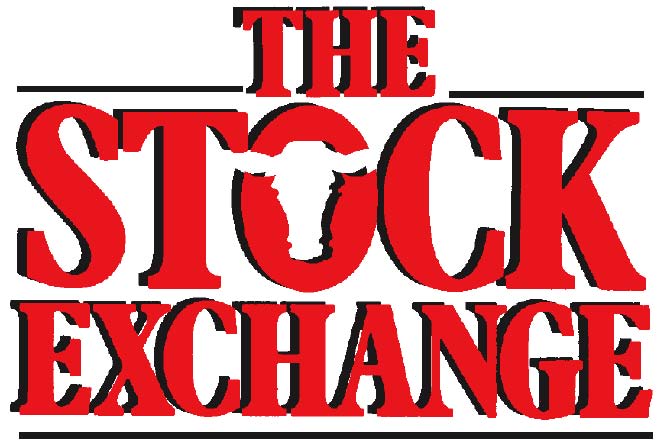Wet Bales Can Tip the Scales
Ben Beckman, Nebraska Extension Educator Knowing the moisture content of our feedstuffs and how to adjust our feeding plans accordingly is important. Photo credit Troy Walz. The past few months, we’ve been focusing quite a bit on the issues that can arise when hay gets a bit too wet: combustion, mold, and Maillard reactions. One often overlooked issue that can arise from wet hay is just the moisture itself. Whenever we provide part…
